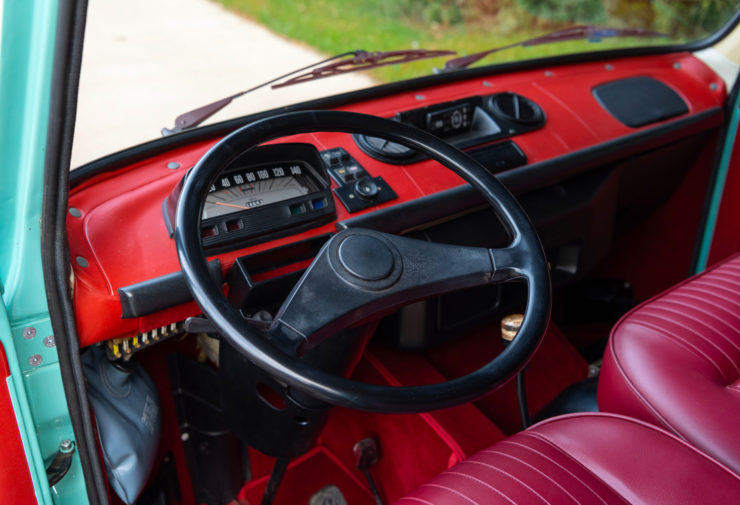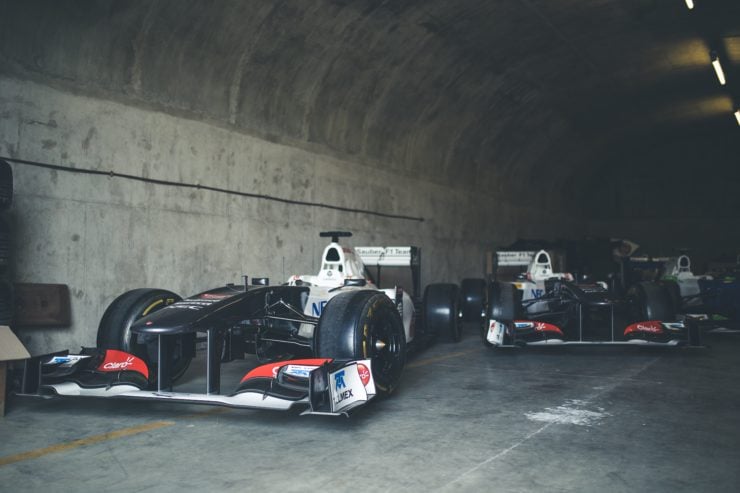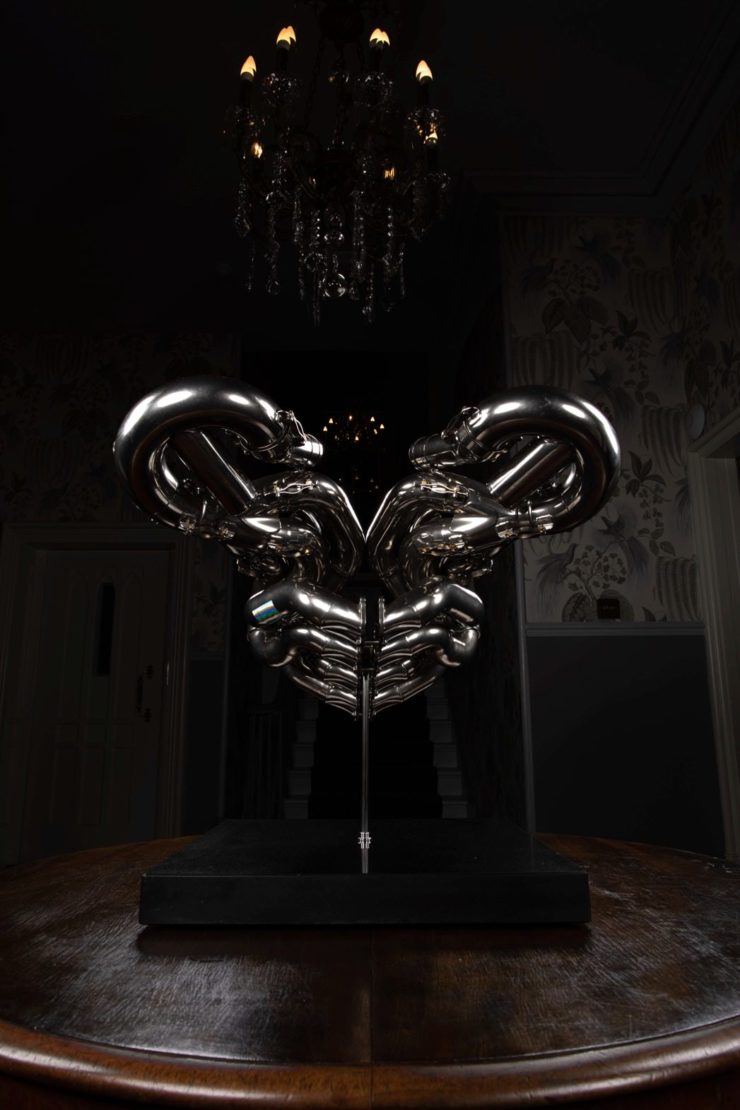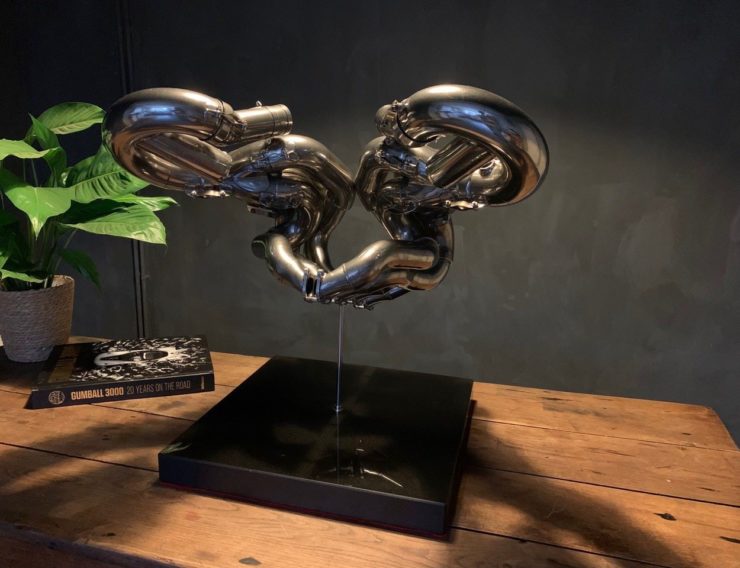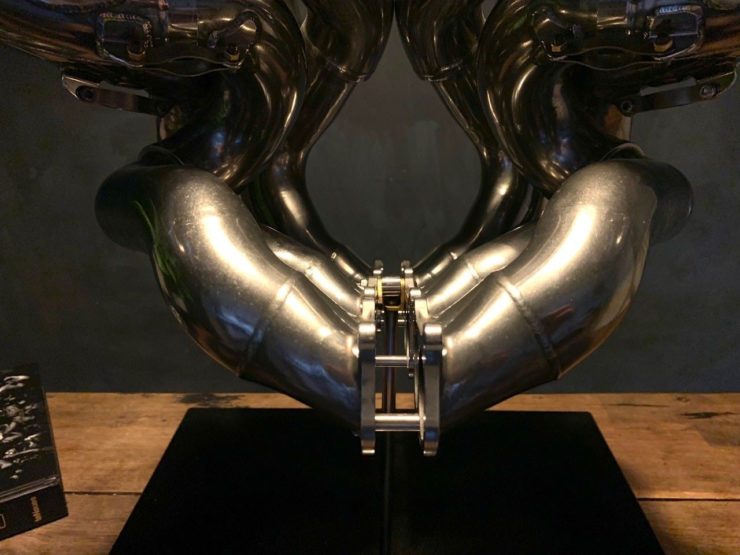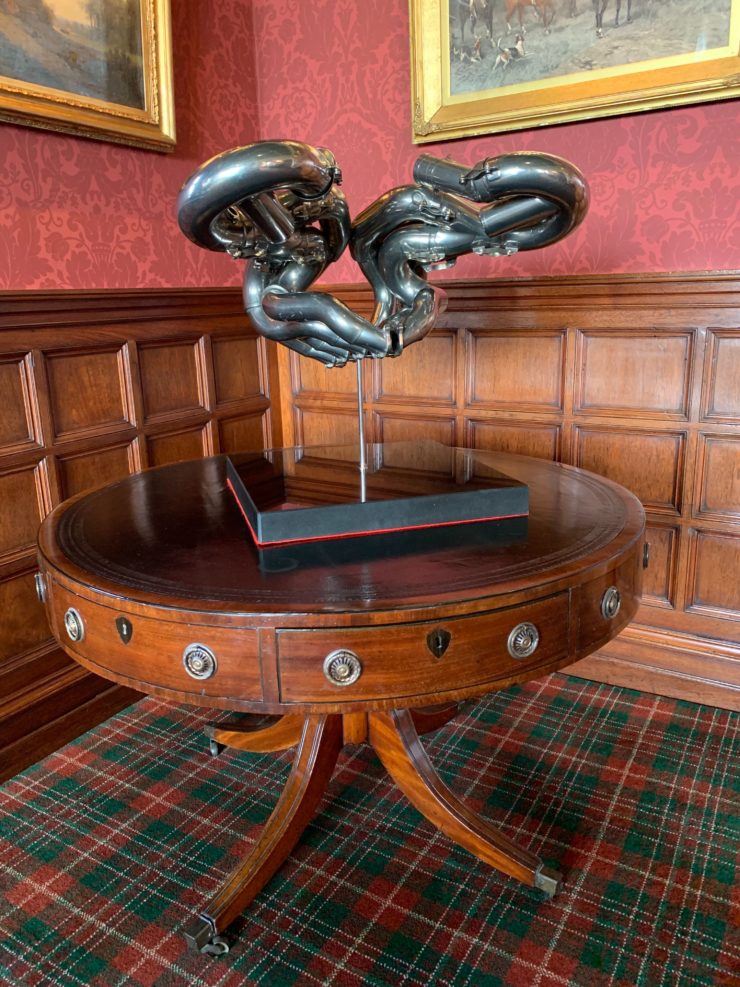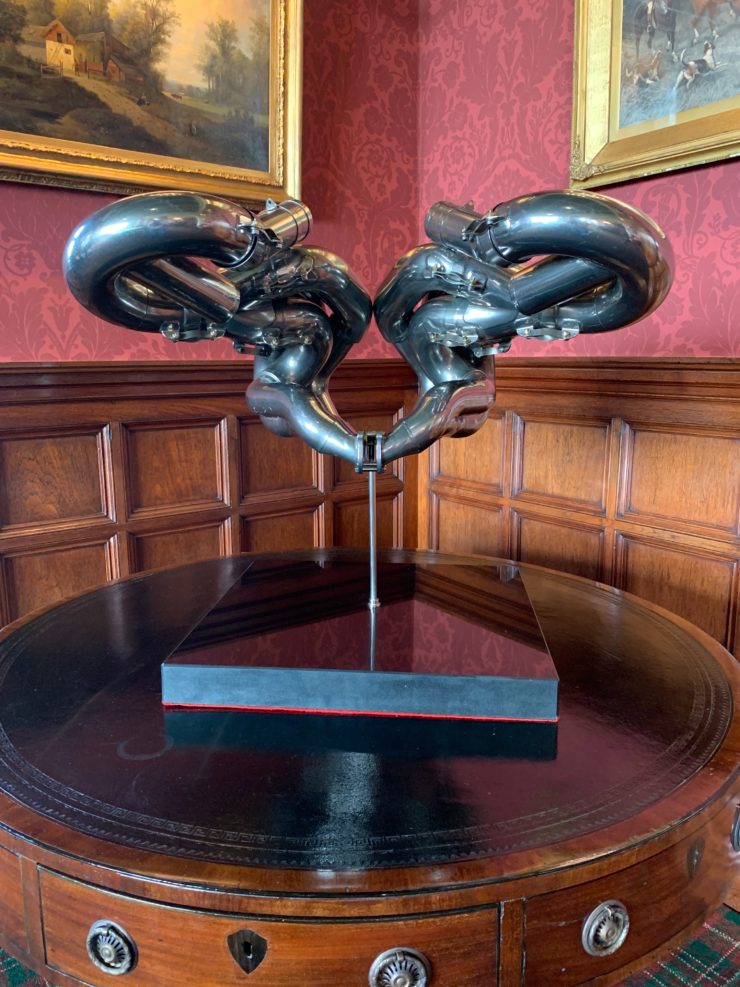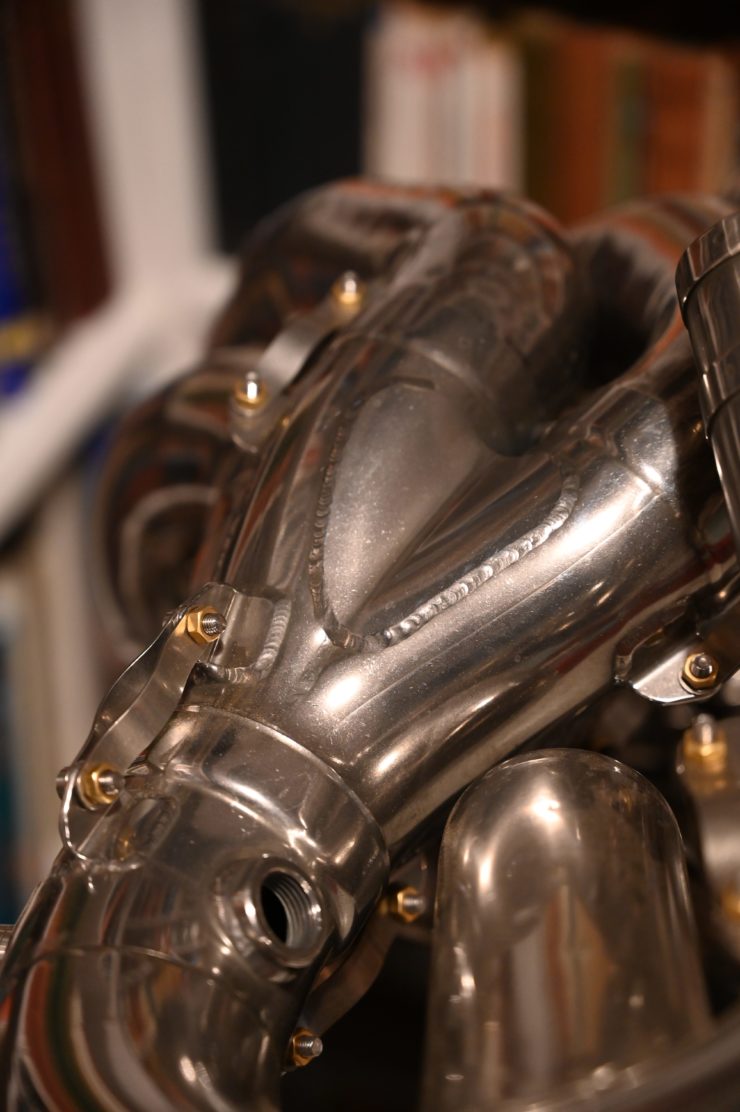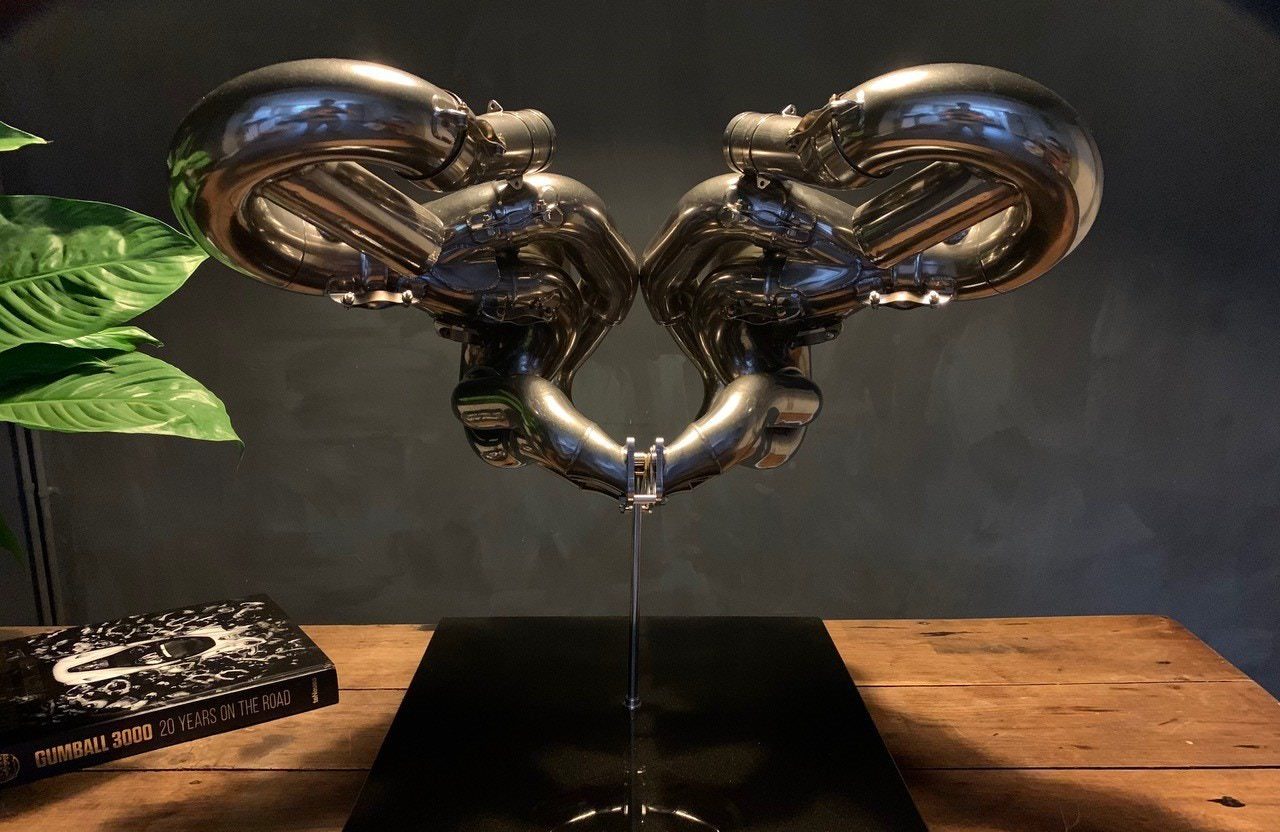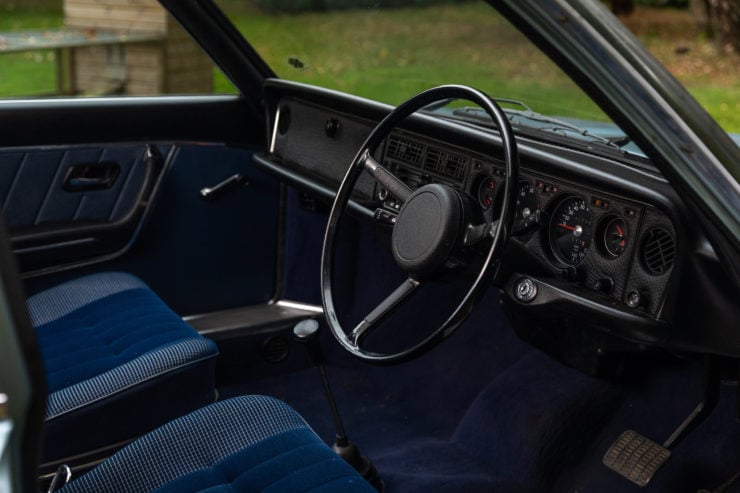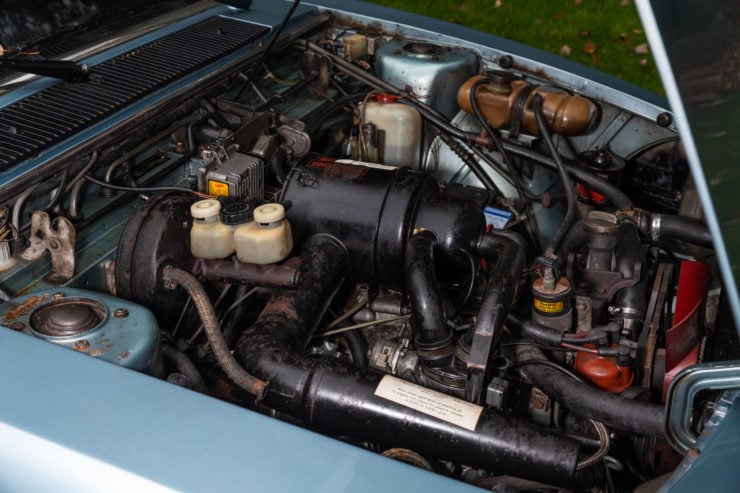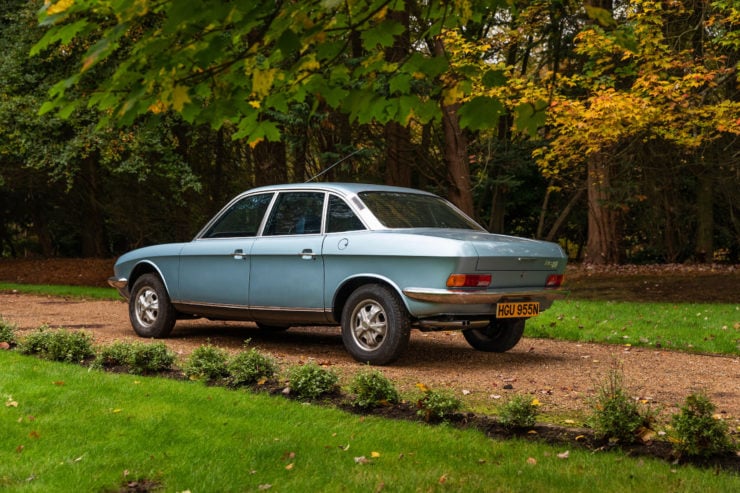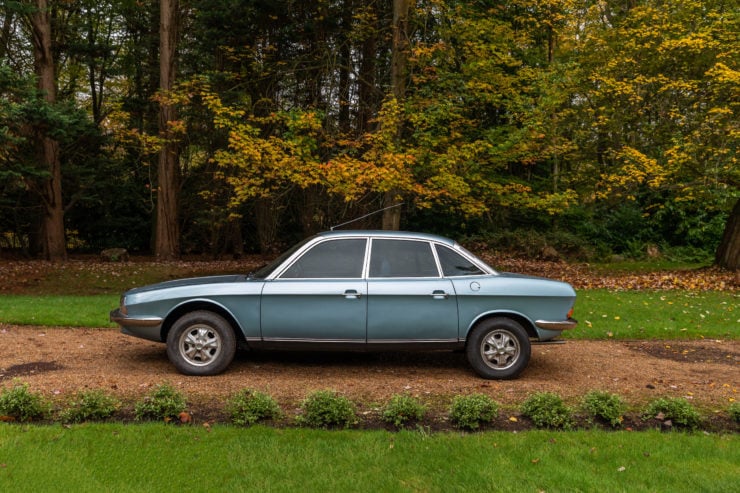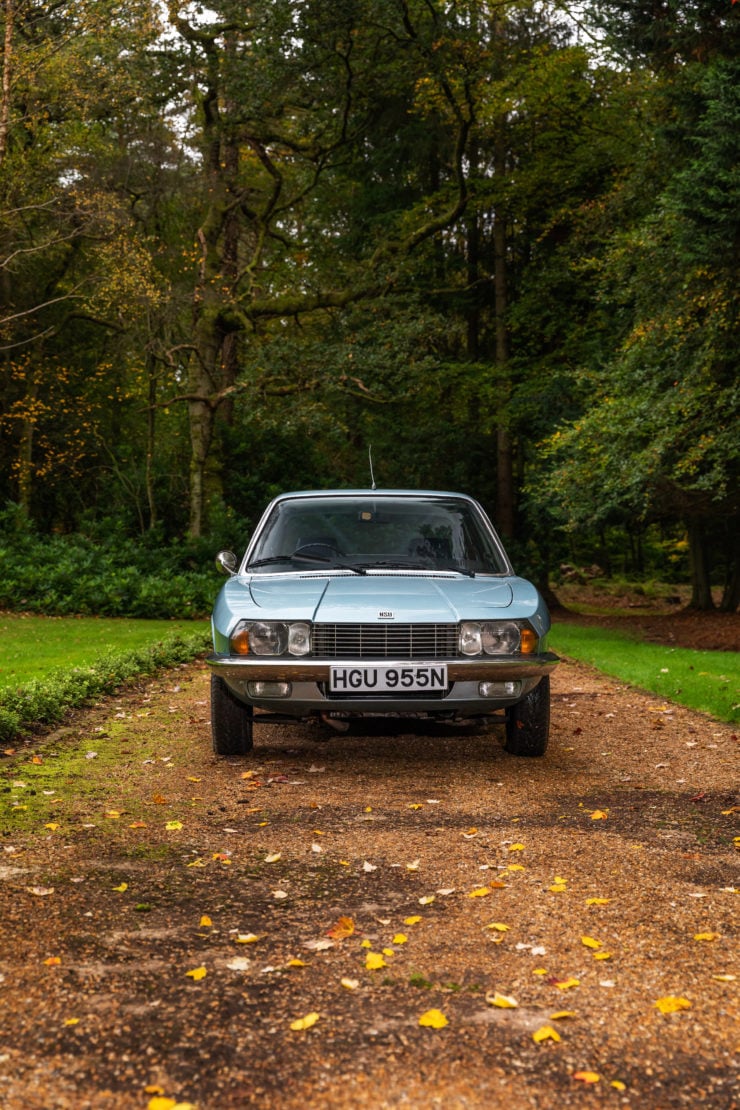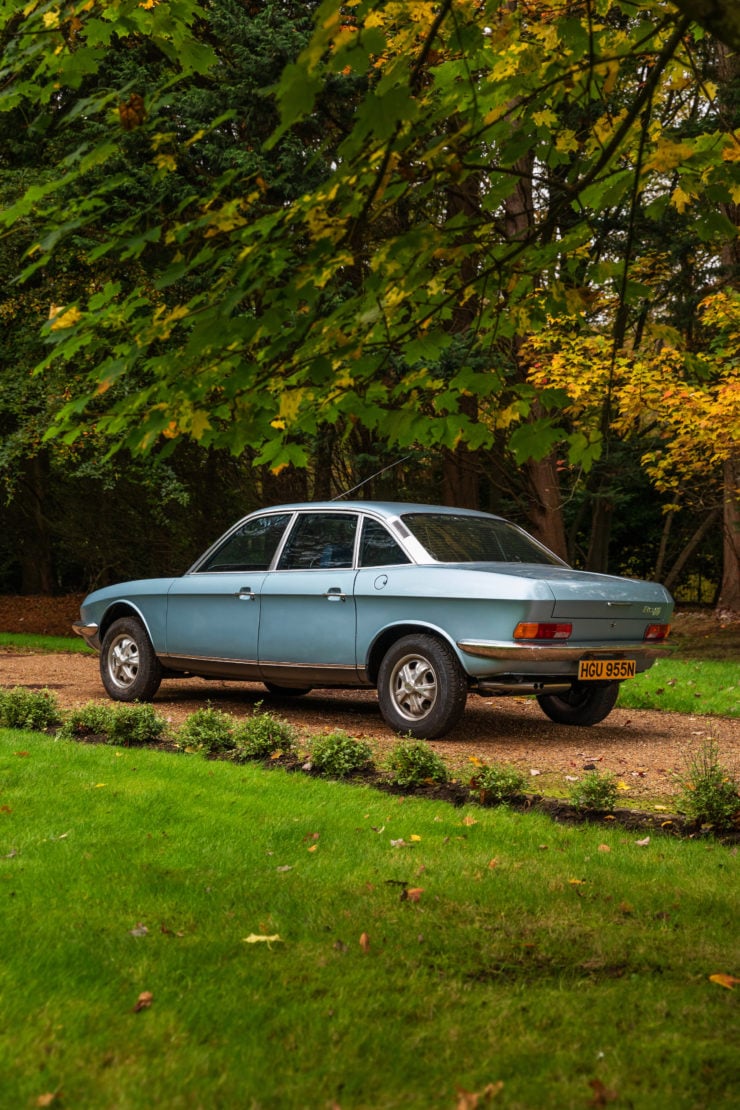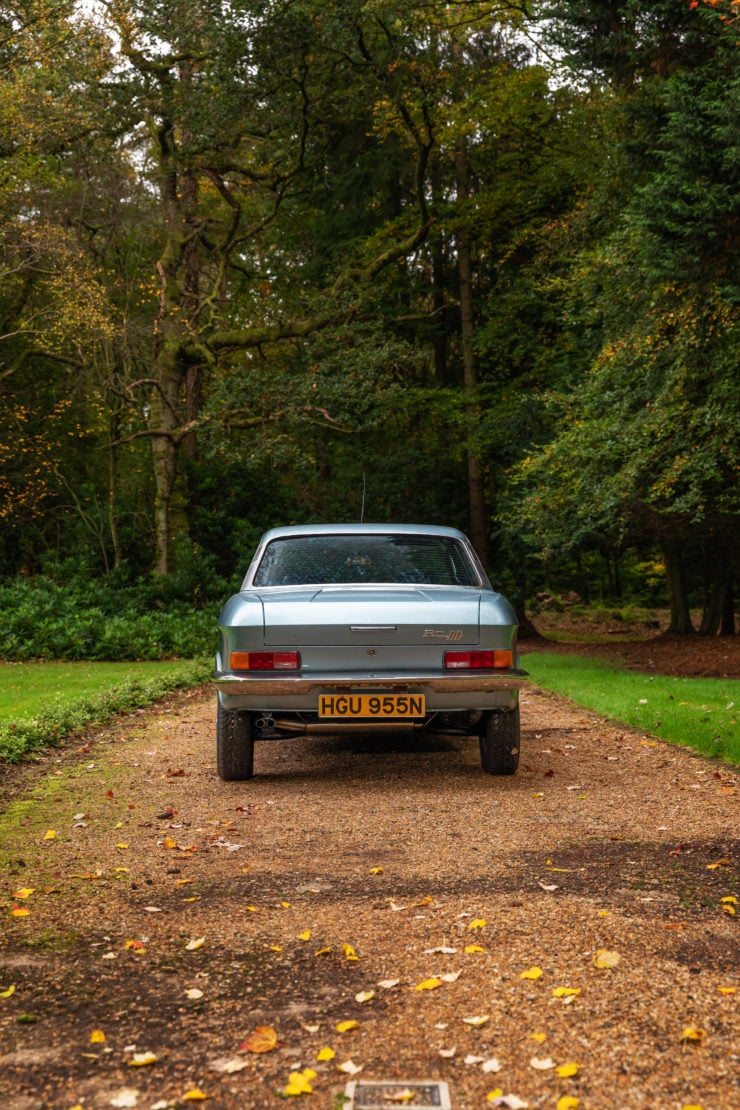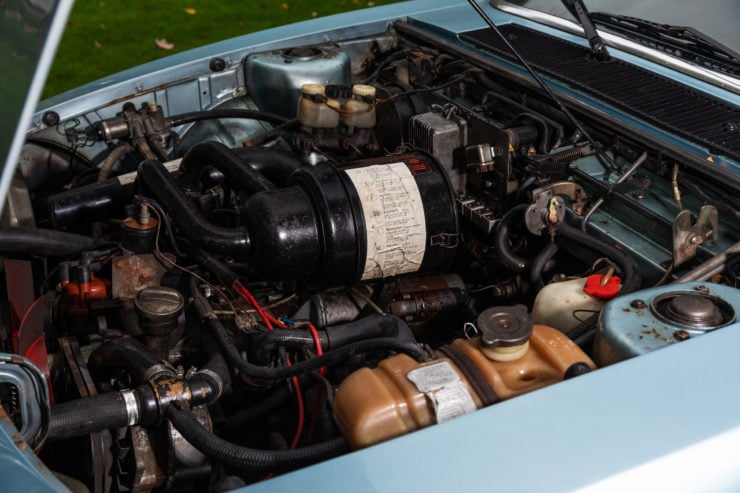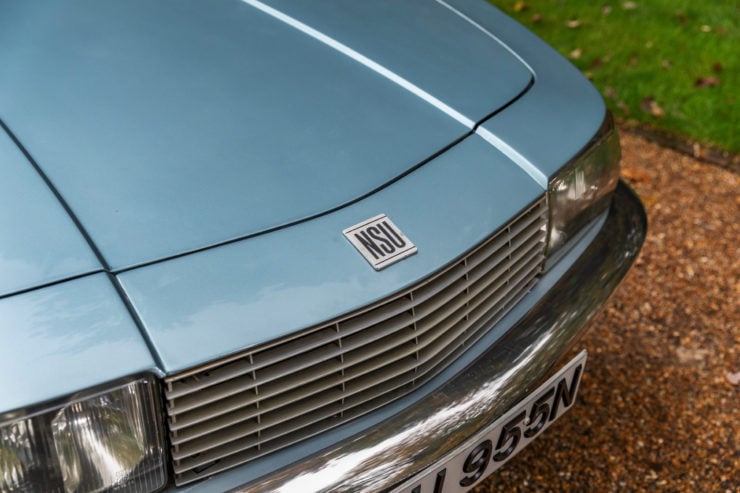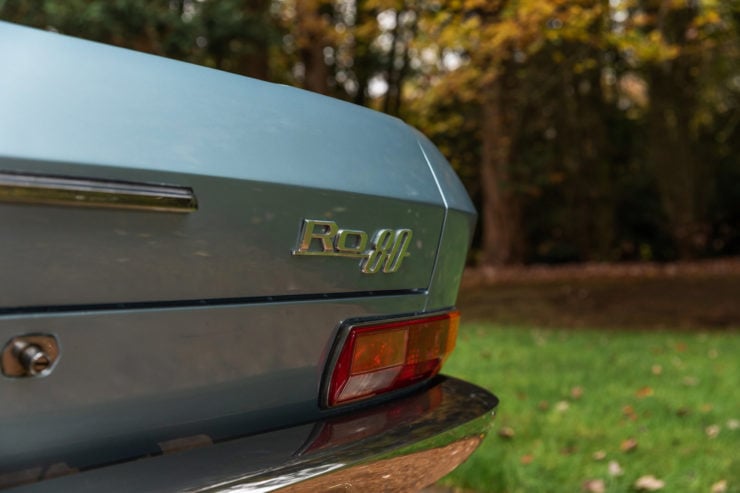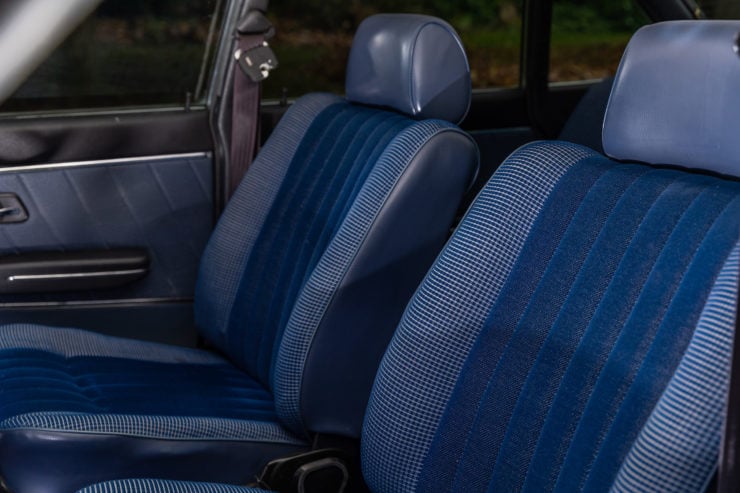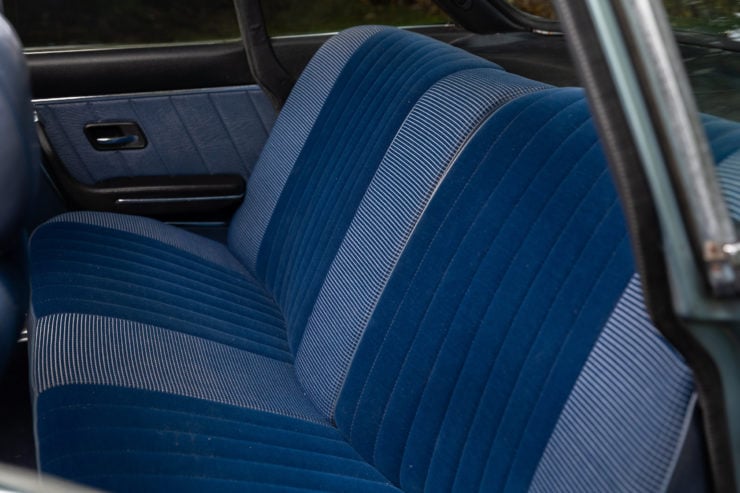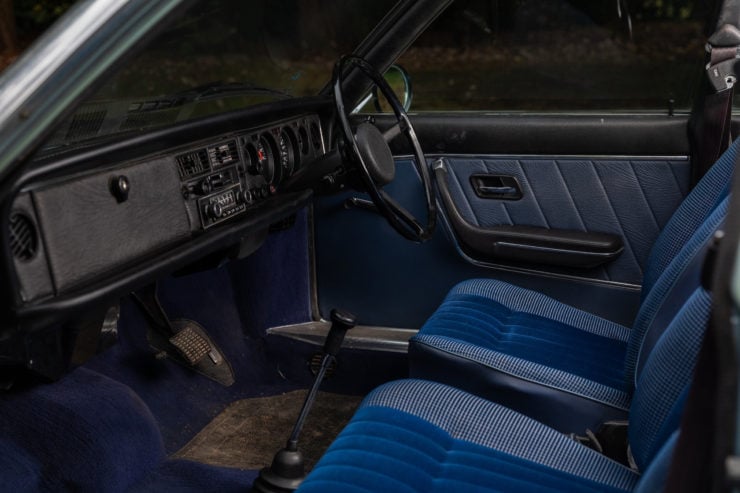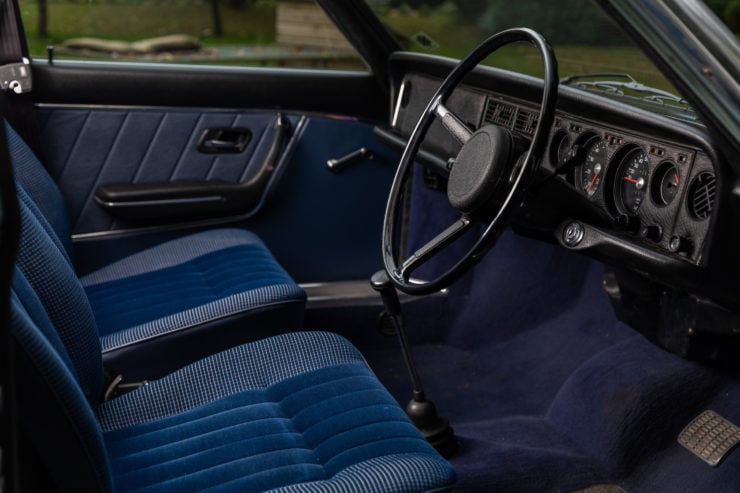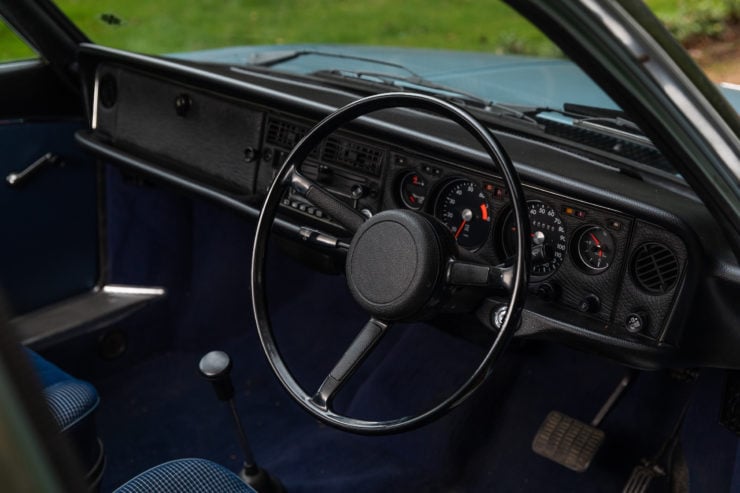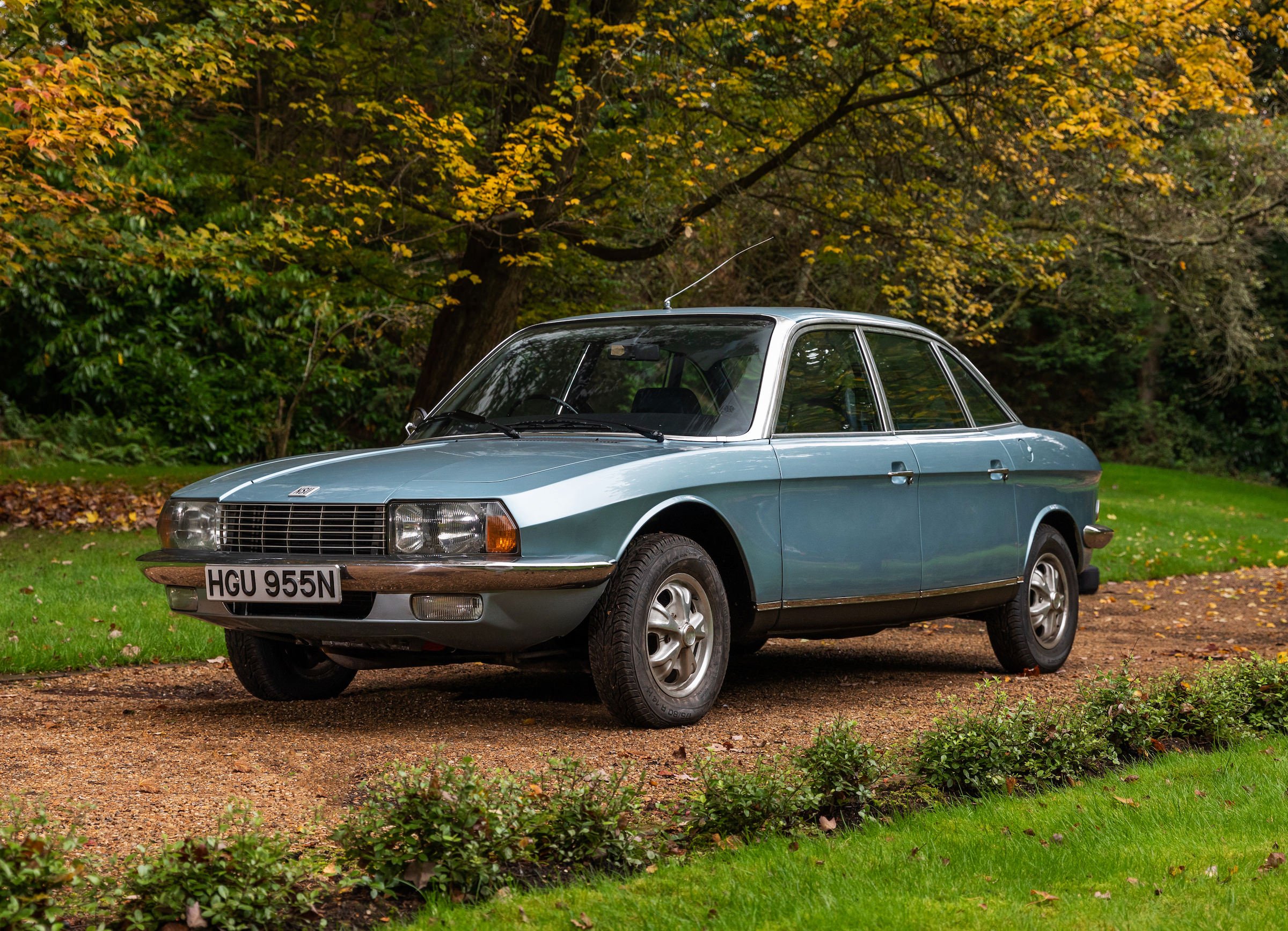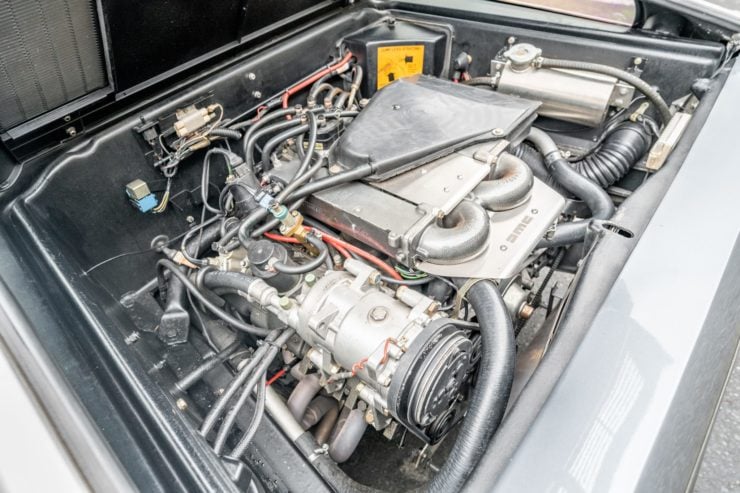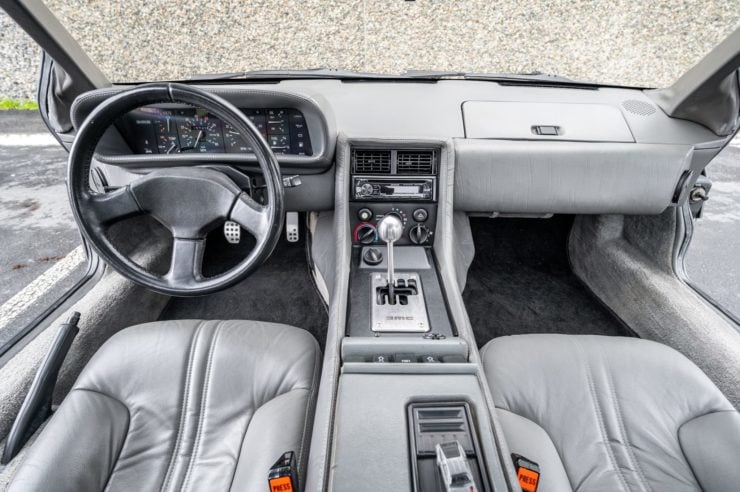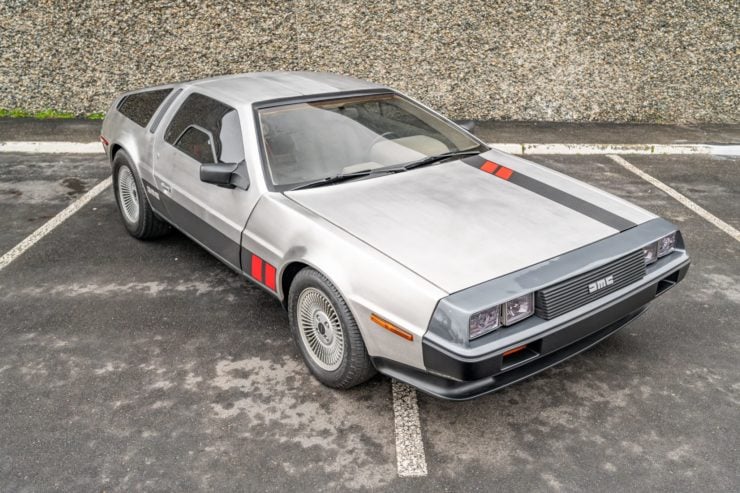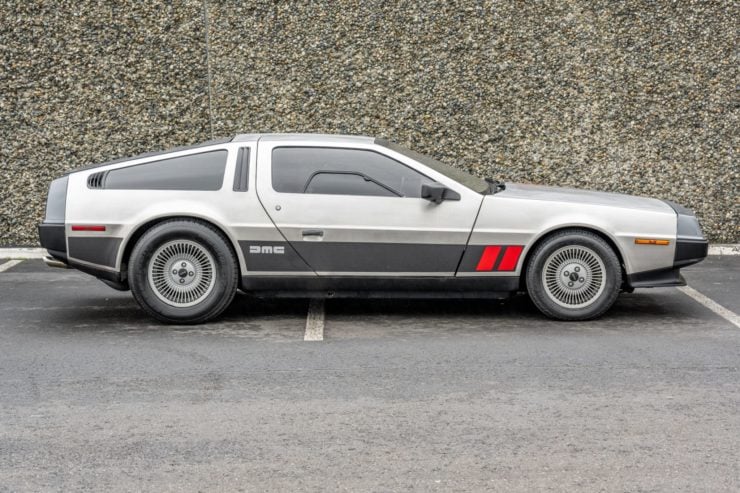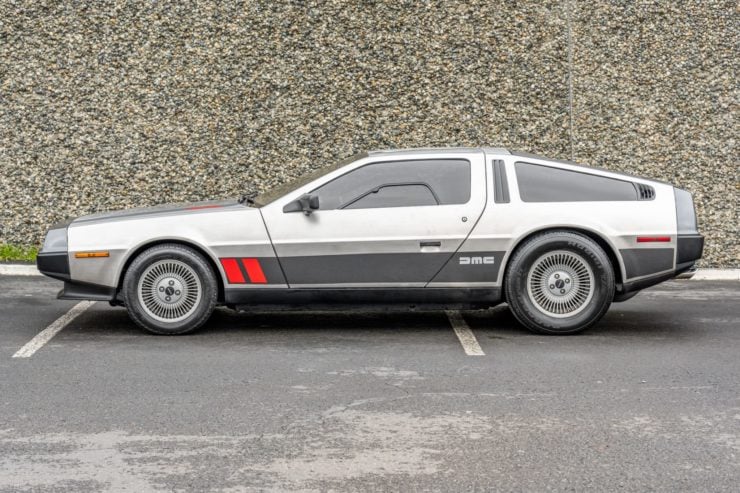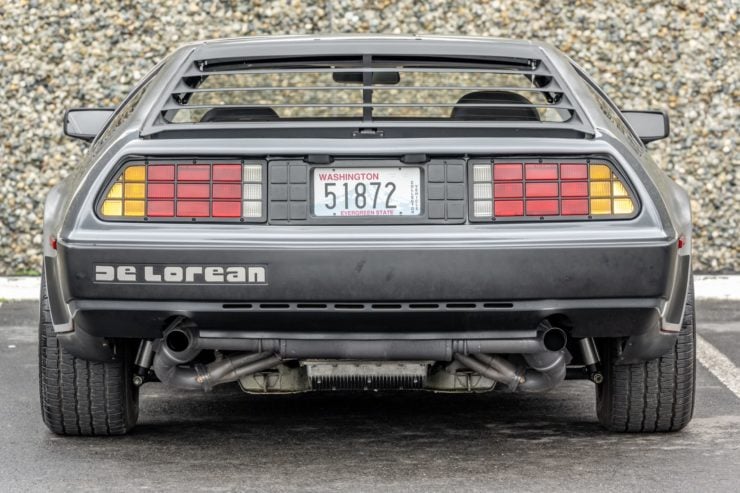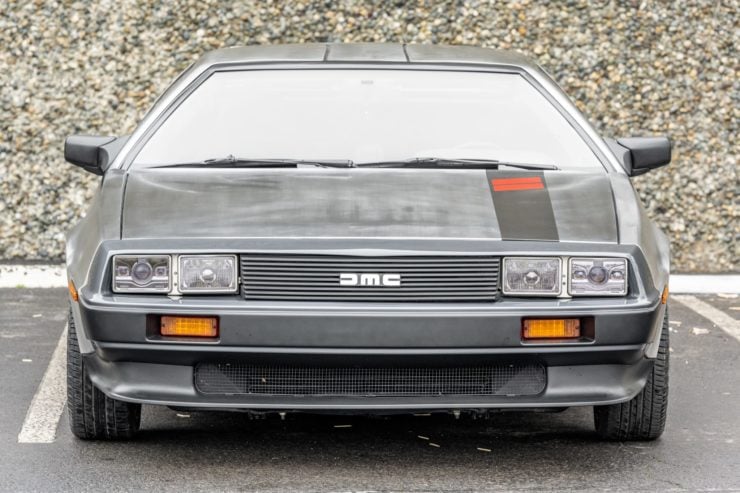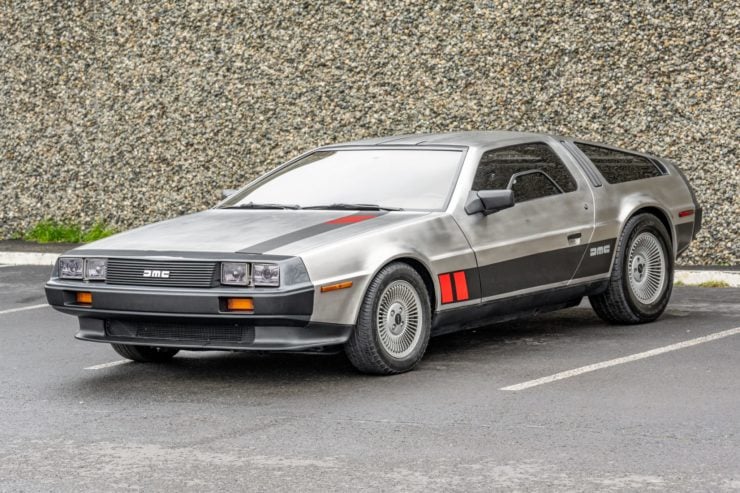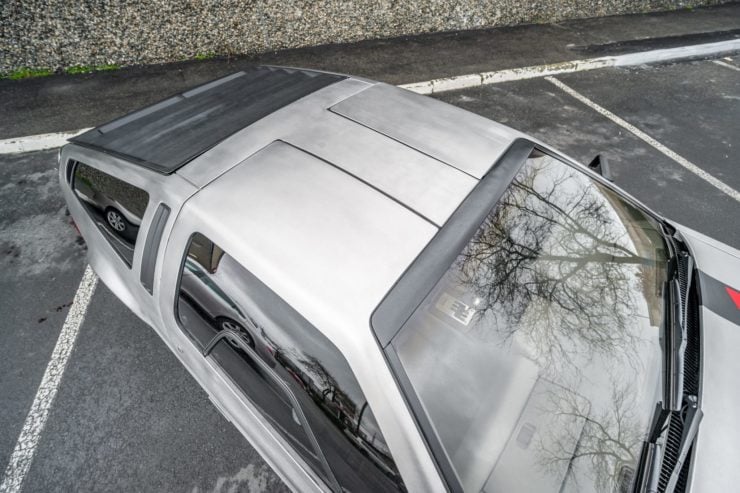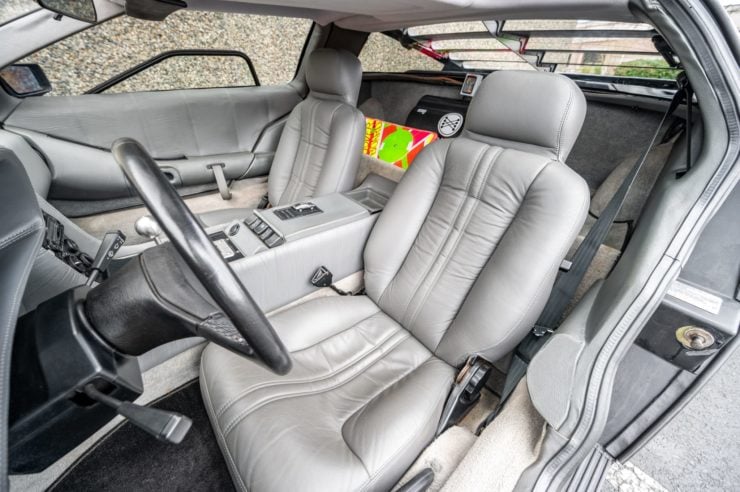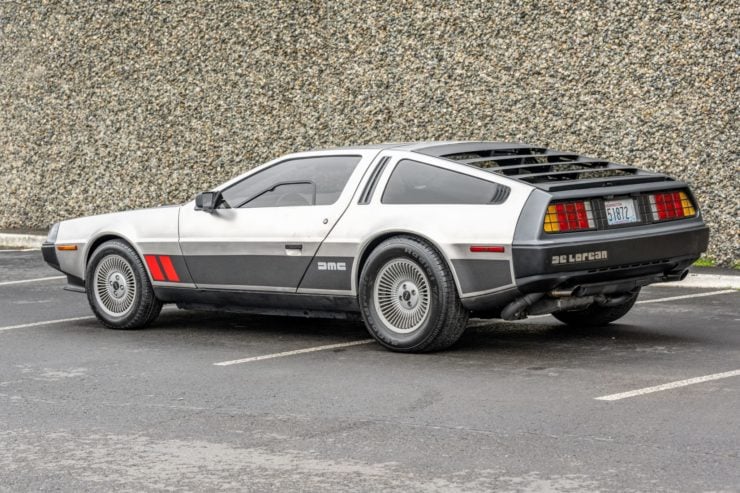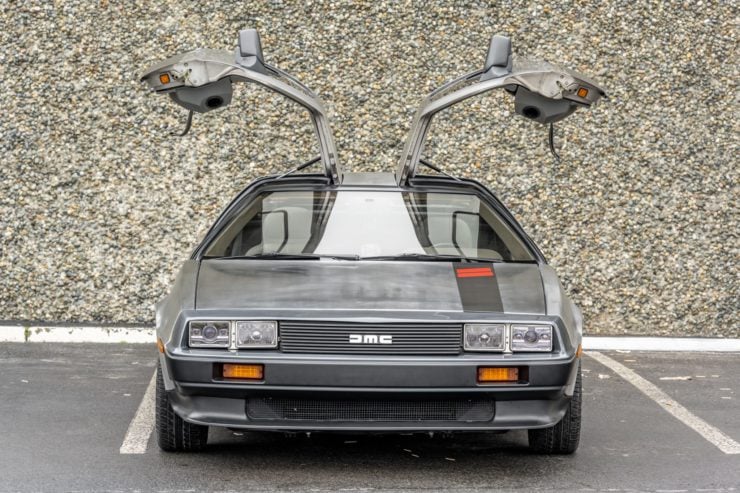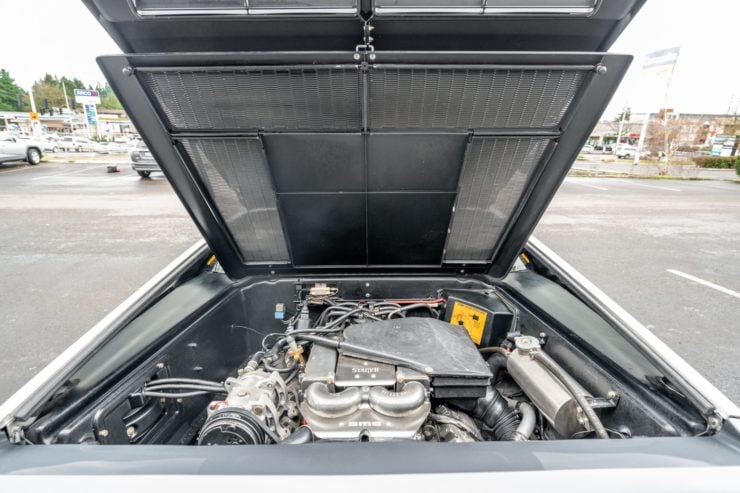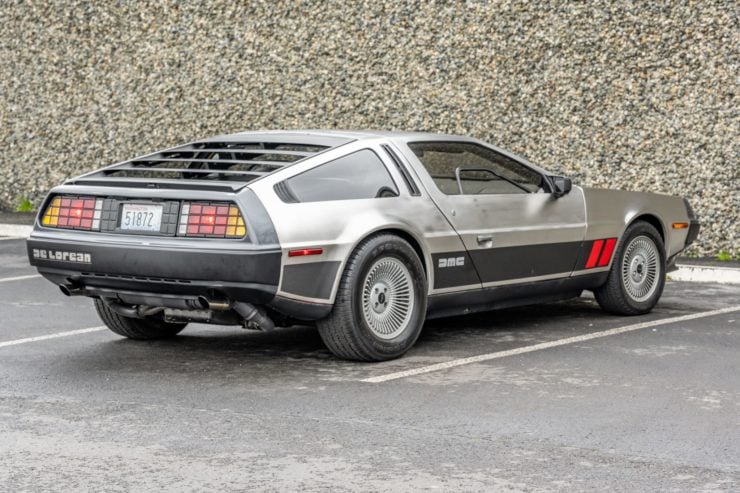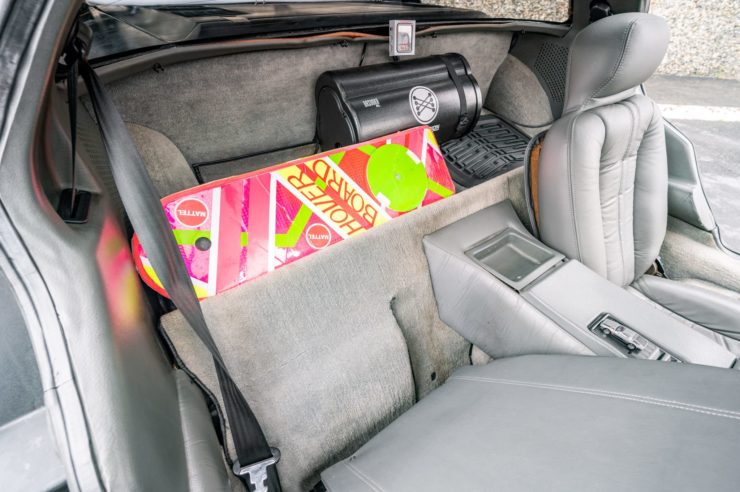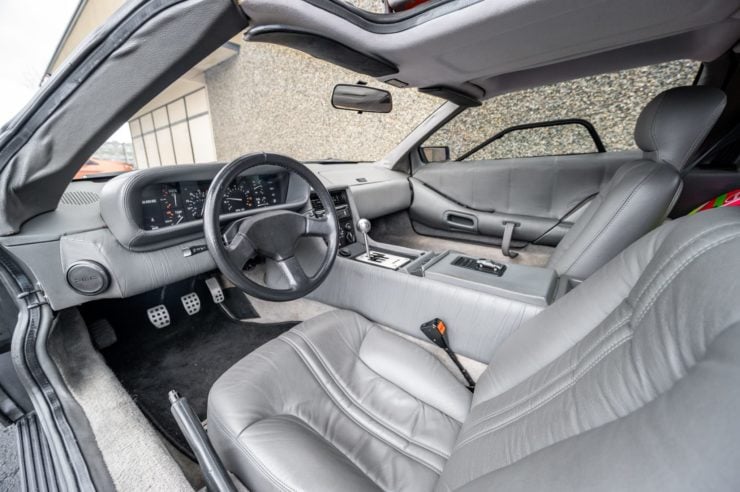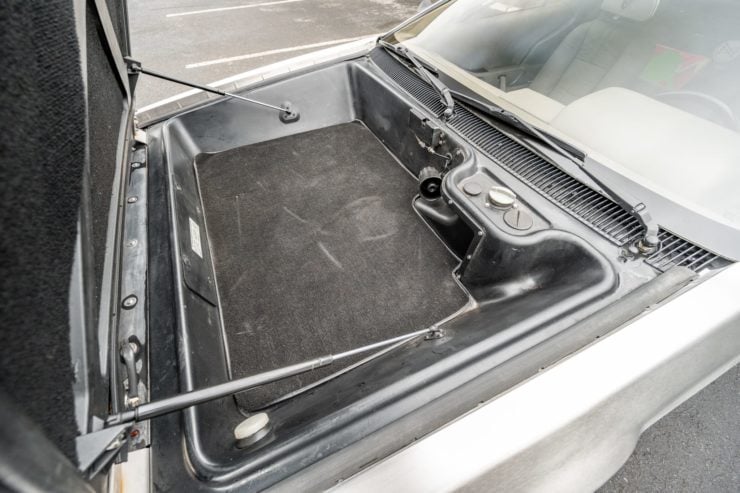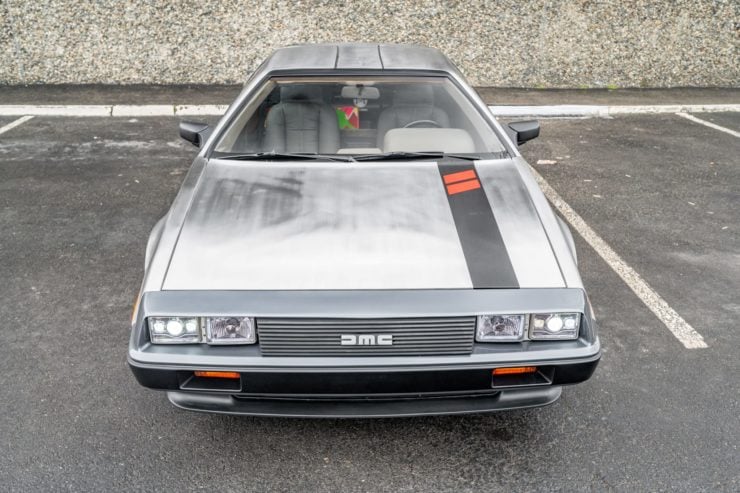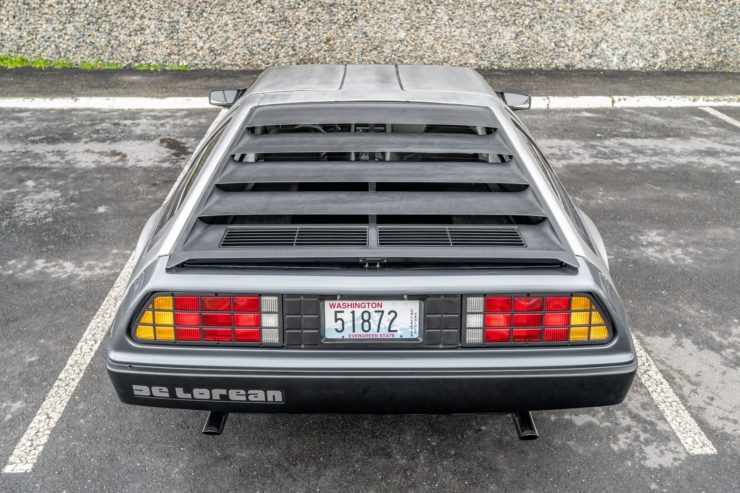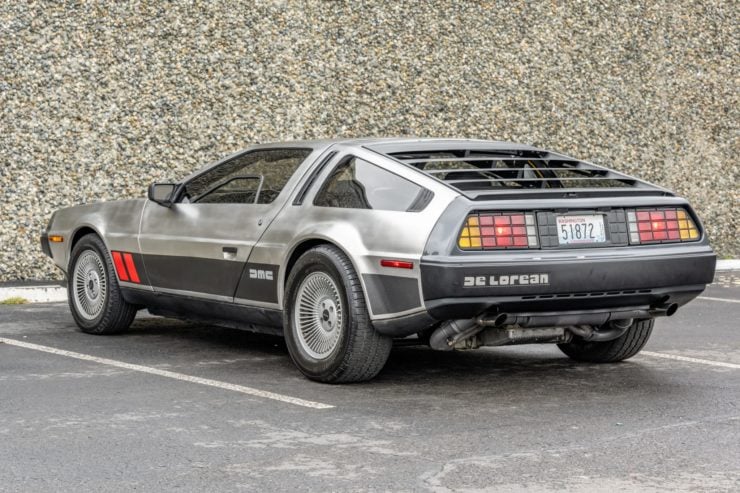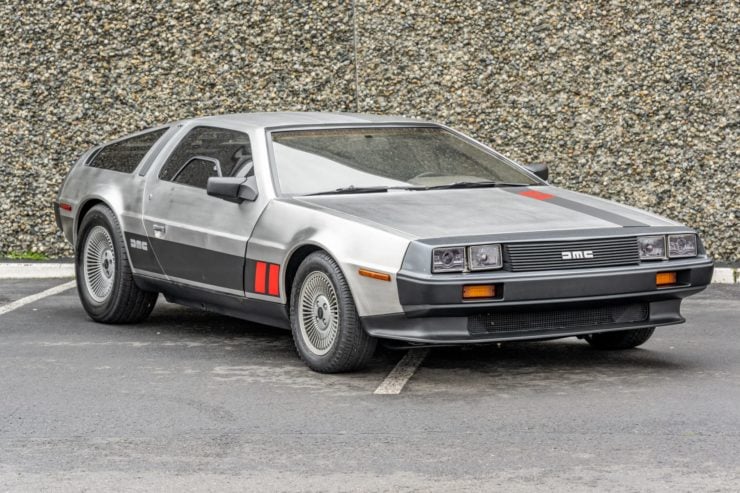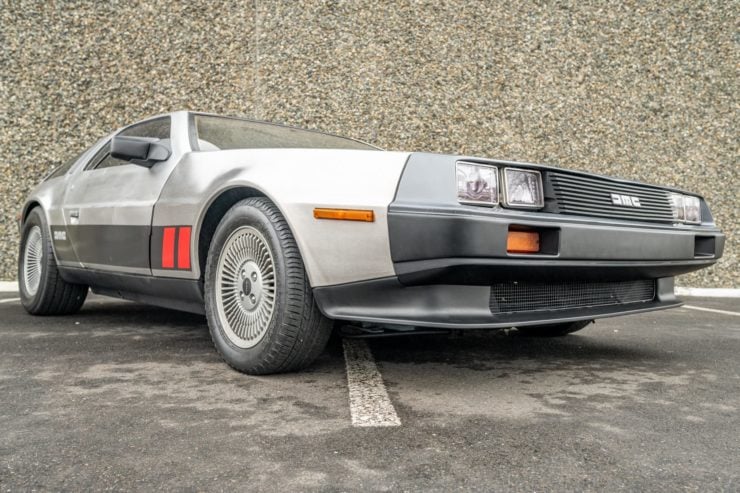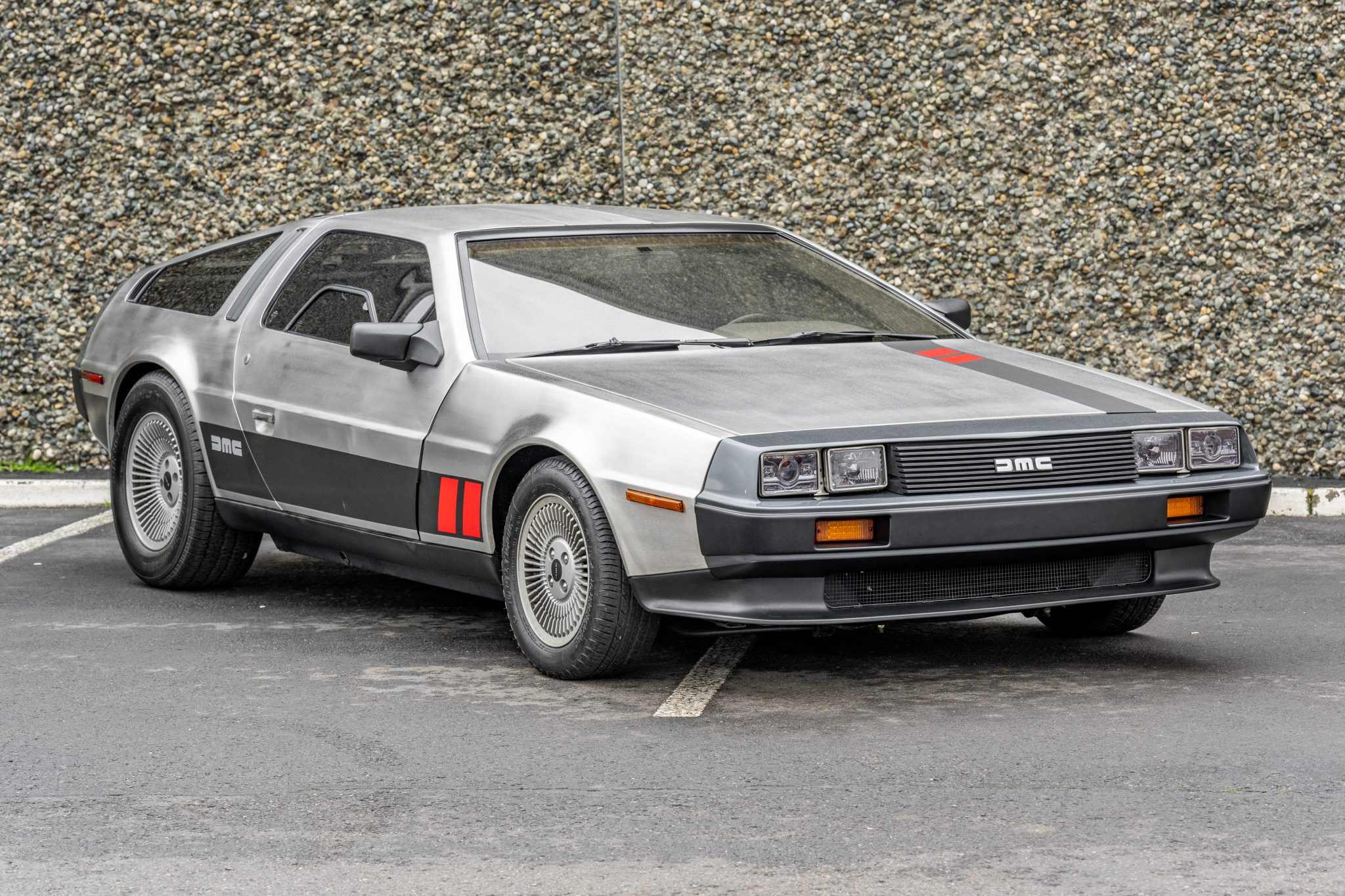This is a 1980 Fiat 238 van that’s ready to go out and start rescuing Lamborghini owners who have found themselves parked by the side of the road, with a vehicle that’s turned itself into an attractive Italian paperweight.
The Fiat 238 is one of the most popular vans ever made by the Italian automaker and unsurprisingly it’s been used by companies like Ferrari and Lamborghini for roadside assistance duties – typically with their own distinctive livery.
Fast Facts – The Fiat 238 Van
- The Fiat 238 van was introduced in 1965 as the replacement for the outgoing Fiat 1100T van. The 238 is based on the front-wheel drive Autobianchi Primula platform with power provided by the Fiat 124 engine.
- The use of front-wheel drive allowed a lower flat floor in the rear, as no driveshaft needed to be accommodated, which maximized the space available for cargo. This design feature also made the 238 popular with camper conversion companies.
- The Fiat 238 would remain in production until 1983, the original plan had been to phase it out when the Fiat 242 van was introduced in 1974, however the sales of the 238 remained so strong that Fiat kept it in production for 10 more years.
- The van you see here has been restored to a high level, in fact it’s the nicest job we’ve seen on in 238 in recent memory. It’s been finished in a period correct Lamborghini roadside assistance livery that’ll ensure it always draws a crowd at shows.
The Fiat 238 Van
The Fiat 238 was released in 1965 to replace the venerable Fiat 1100T van, it was a member of a long line of Fiat commercial vehicles dating all the way back to the Fiat 24 Horse Power of 1903.
Named for its power output of 24 steam horsepower, the 24HP was one of the first vehicles ever developed by Fabbrica Italiana Automobili Torino, better known now simply as FIAT.
A number of truck and van commercial vehicles would follow, production was drastically increased in WWII, with Fiat becoming one of the biggest automotive manufacturers in Europe by the time of the war.
The introduction of the Fiat 238 in the mid-1960s represented a major shift in design attitudes, it was powered by a transversely mounted, front wheel drive arrangement that allowed a lower floor in the rear, as no driveshaft had to be accommodated for.
The Fiat 238 would be built in a huge variety of sub-types, from the standard van to pickup trucks, campers, minibuses, ambulances, and more.
The 238 became a common daily sight on the streets of Italy and Europe as a whole, and as more and more enthusiasts are drawn to vintage vans the popularity of the 238 is climbing steadily.
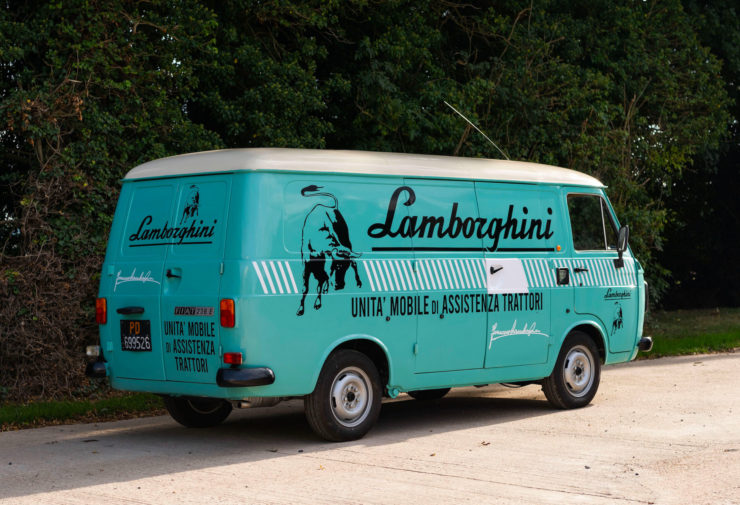
Due to the front wheel drive which allowed low flat floor in the rear, the Fiat 238 was ideal for use as a mobile workshop as there was so much space for shelving, tools, spares, and equipment in the back.
The Fiat 238 Lamborghini Roadside Assistance Van Shown Here
The 238 you see here has clearly been through a comprehensive restoration, in fact the front passenger compartment is the nicest 238 cockpit we’ve ever seen.
The van has a white top to help keep it cool, with aquamarine blue sides featuring Lamborghini livery. It rides on classic steel wheels and the swing doors at the back of the van open to show a tidy but empty interior.
The new owner will be the one to decide if they turn it into a camper, use it as a regular cargo van, or perhaps even fill it with tool and go looking for stranded Italian exotics to rescue.
It’s due to roll across the auction block with Historics Auctioneers on the 12th of March with a price guide of $26,400 – $33,100 USD. If you’d like to read more about it or register to bid you can click here to visit the listing.
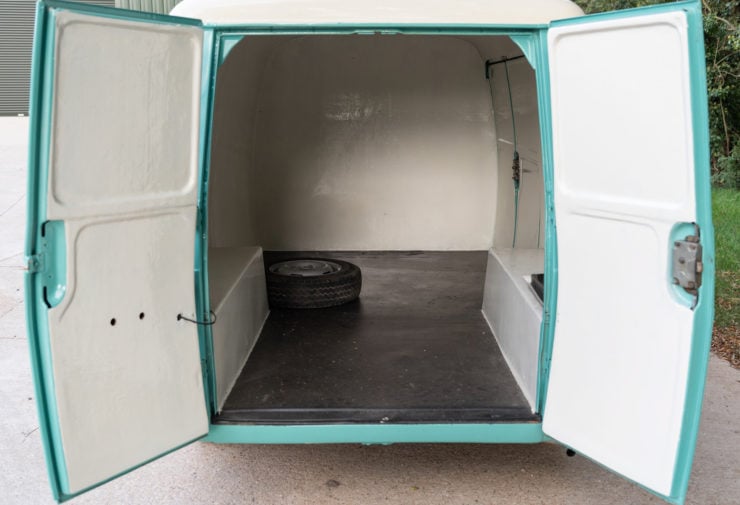
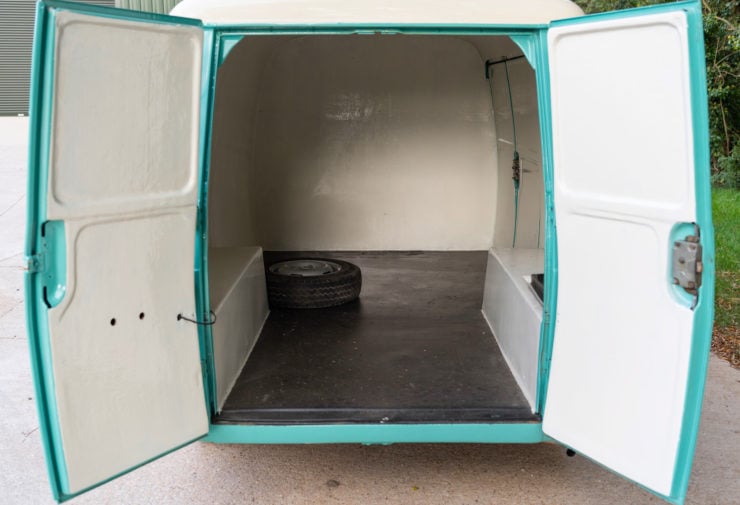
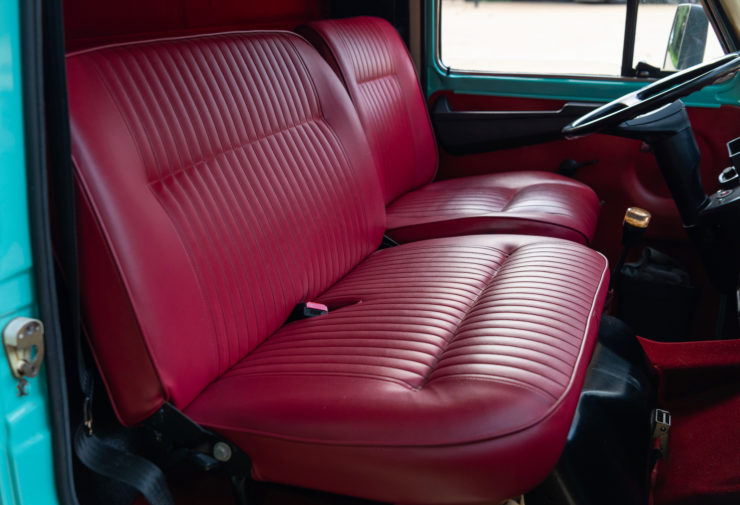
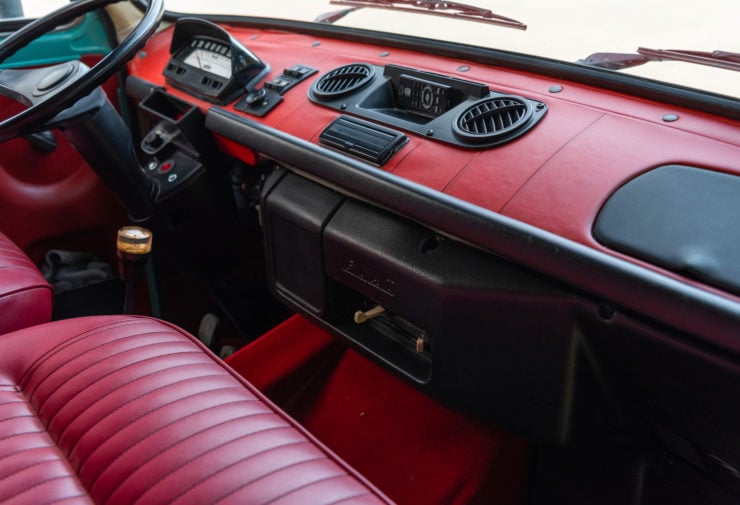
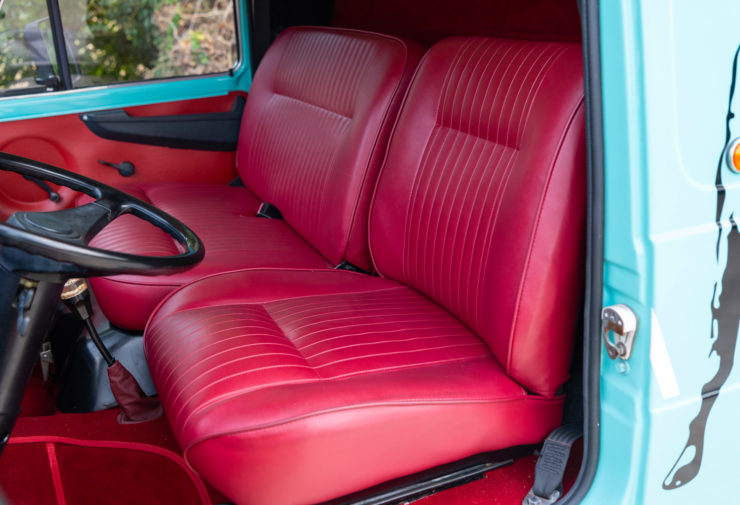
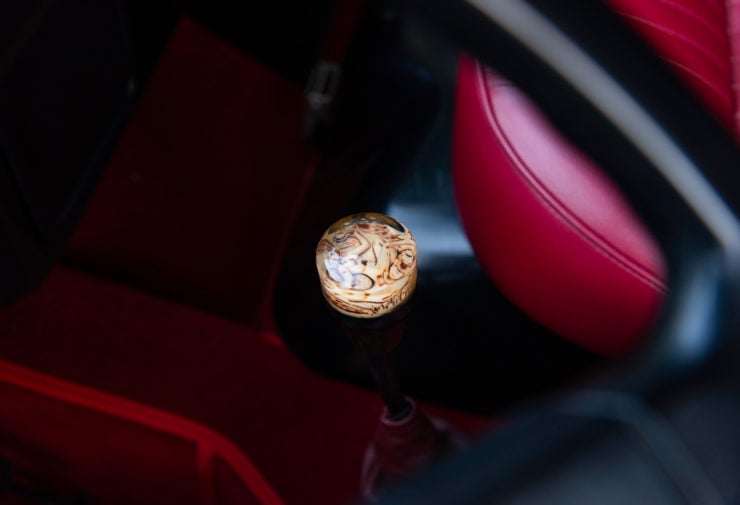
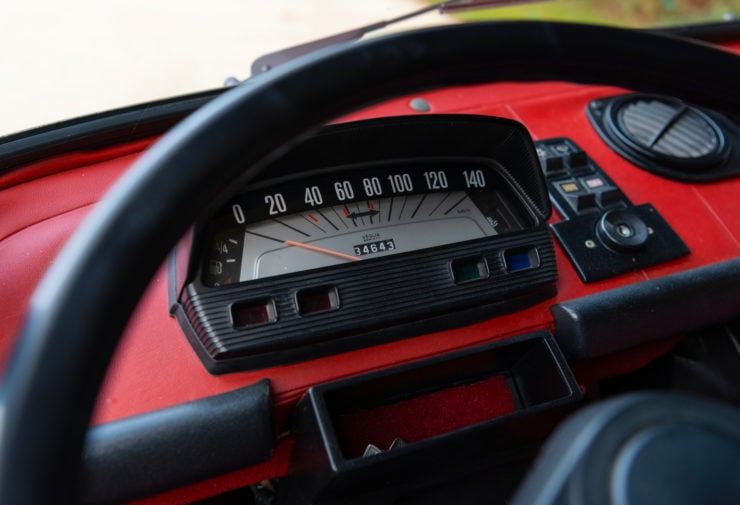
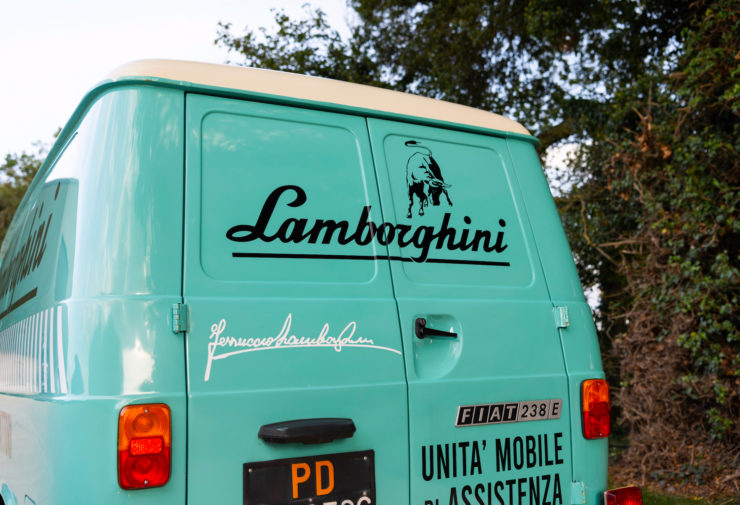
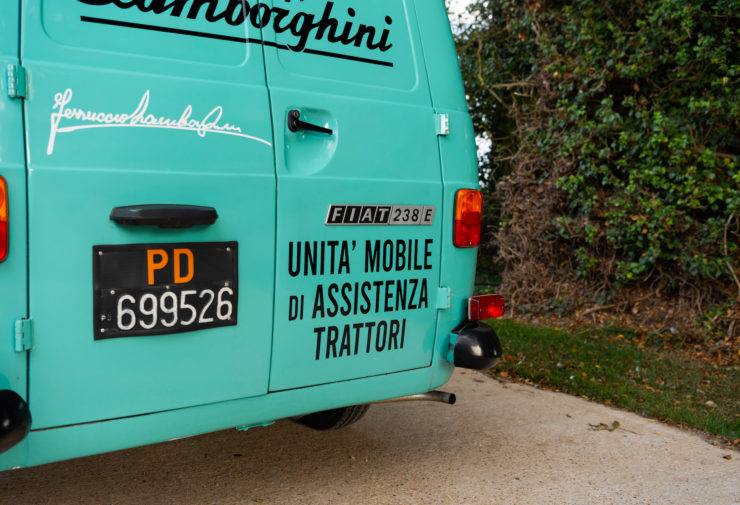
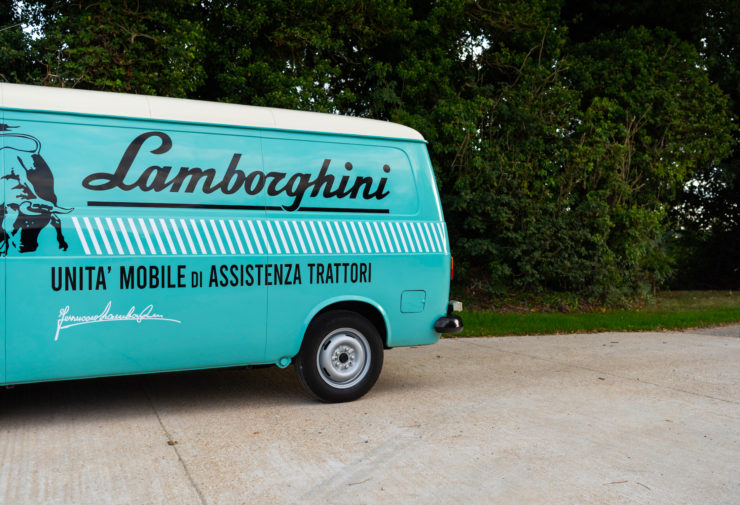
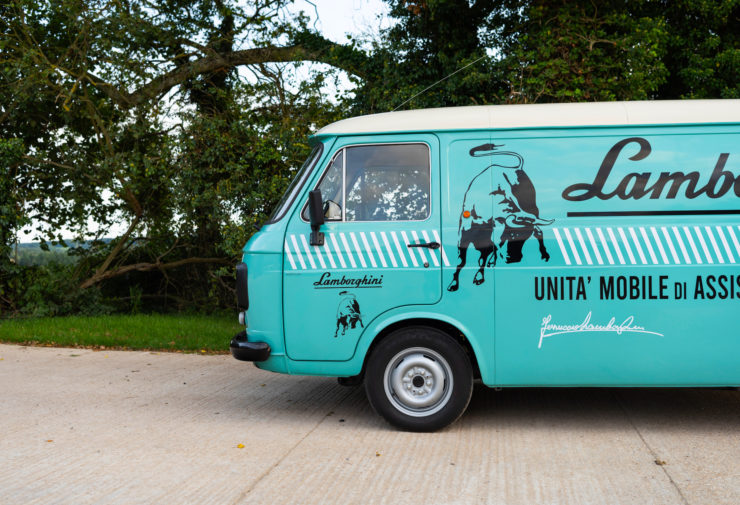
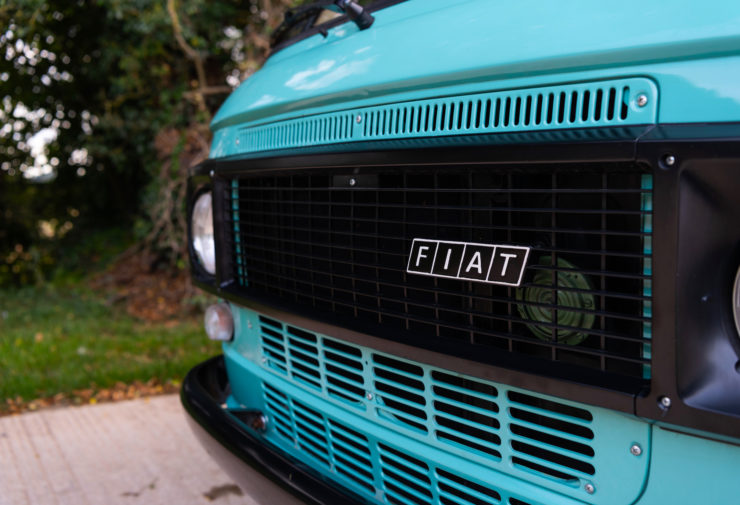
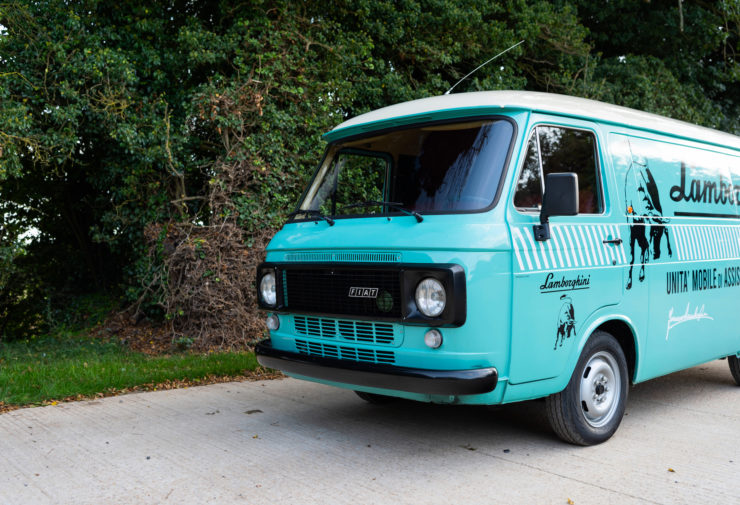
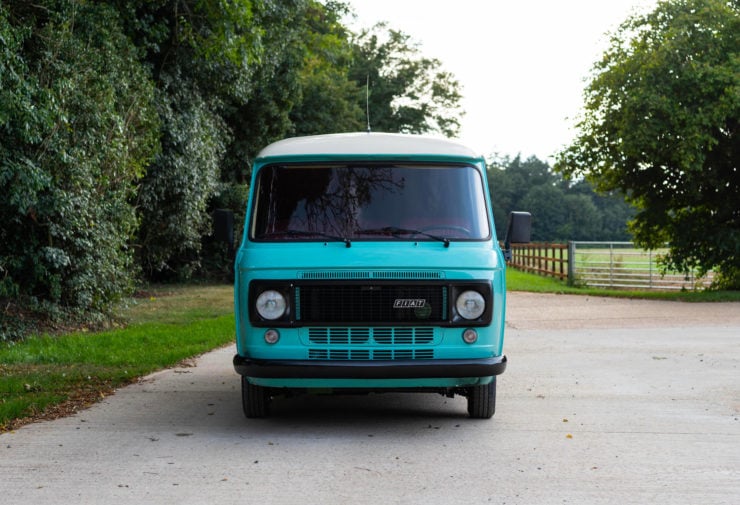
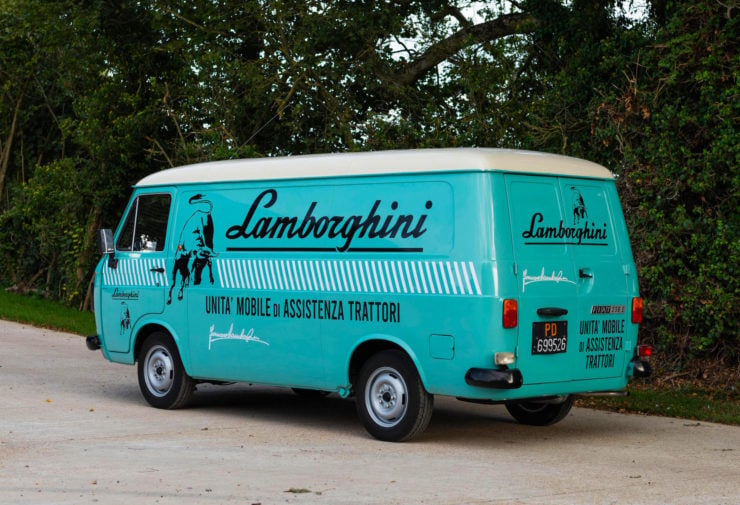
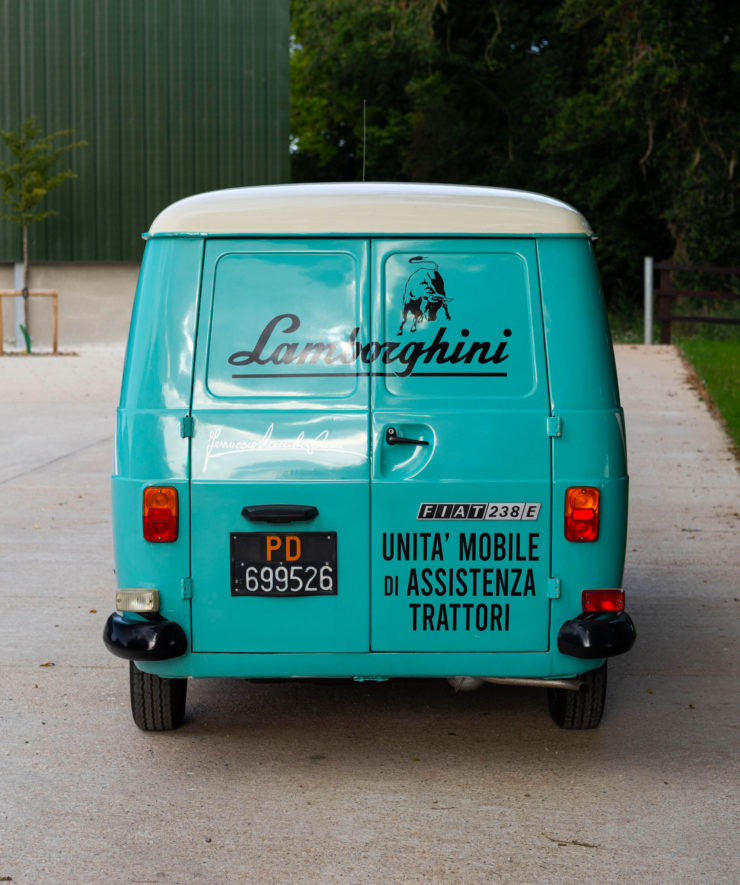
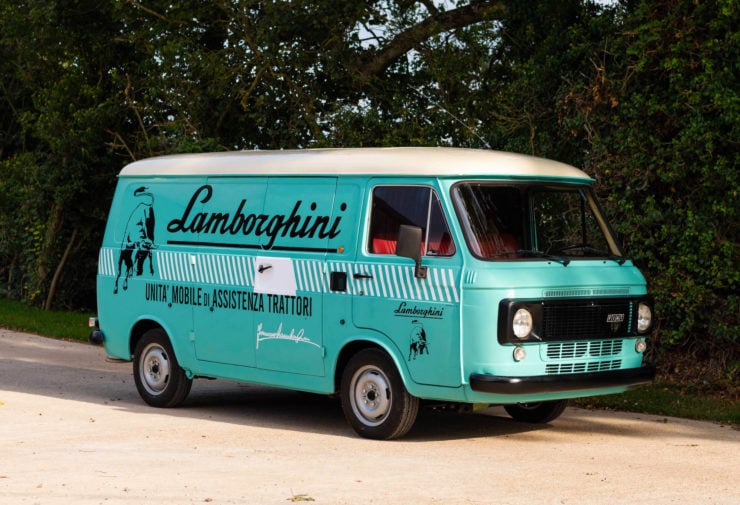
Images courtesy of Historics Auctioneers
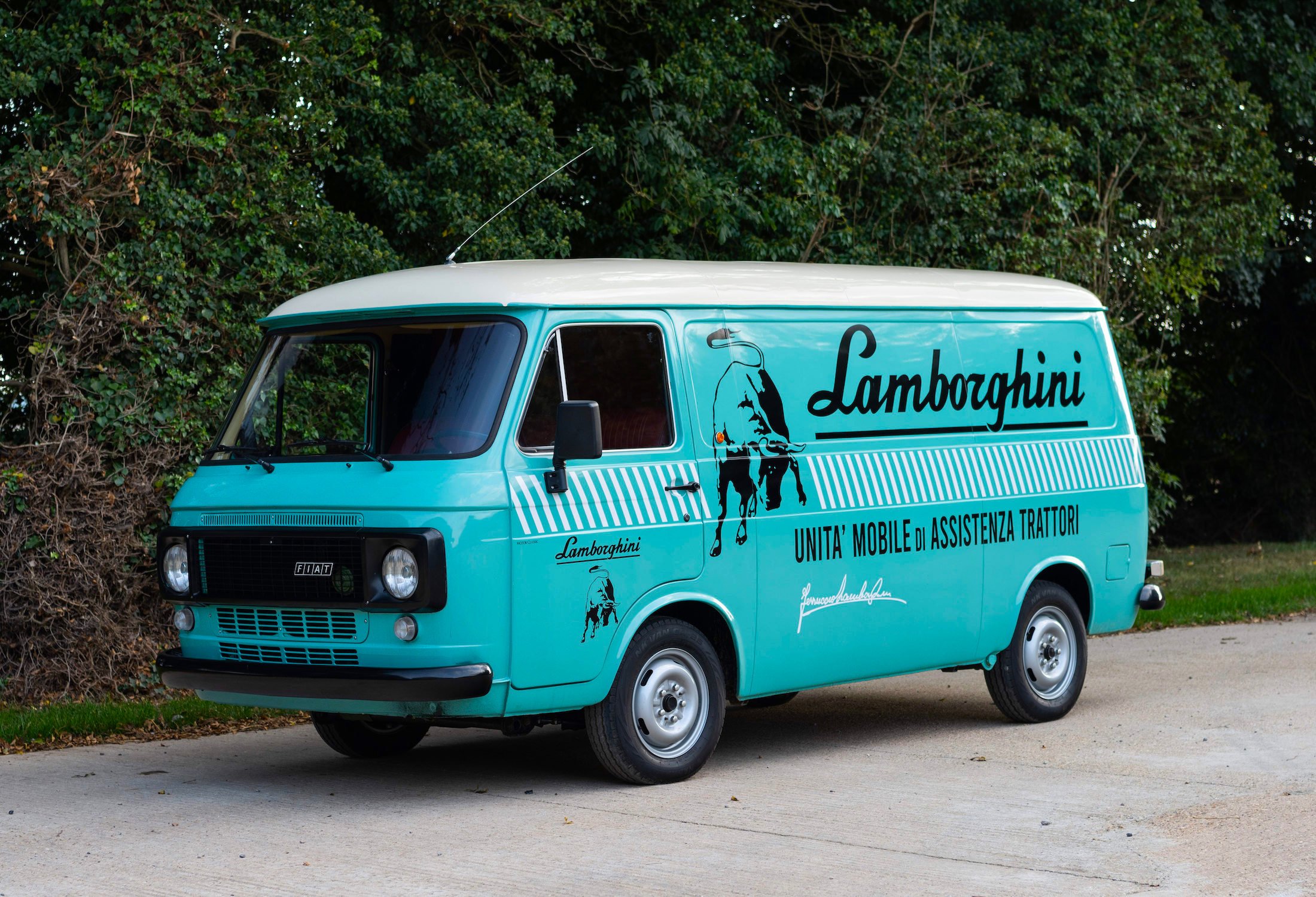
The post 1980 Fiat 238: A Lamborghini “Roadside Assistance” Van appeared first on Silodrome.
from Silodrome https://silodrome.com/fiat-238-lamborghini-roadside-assistance-van/
via gqrds
